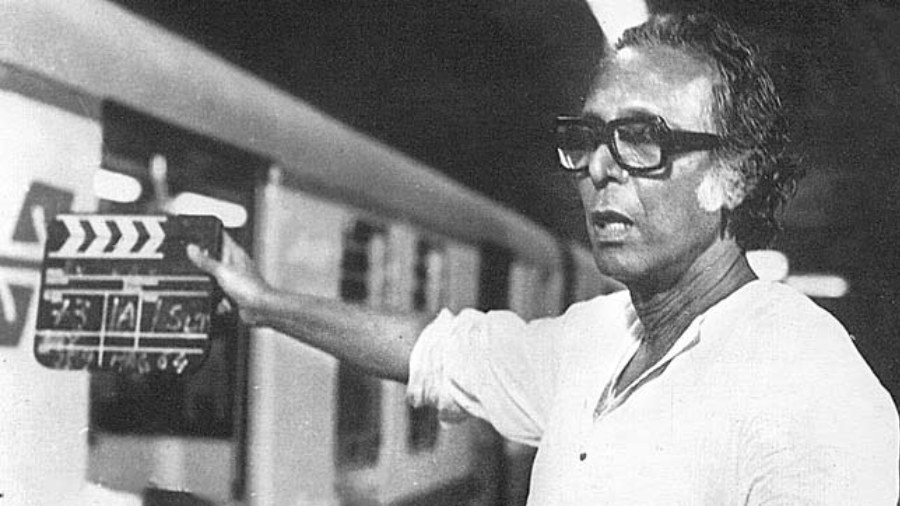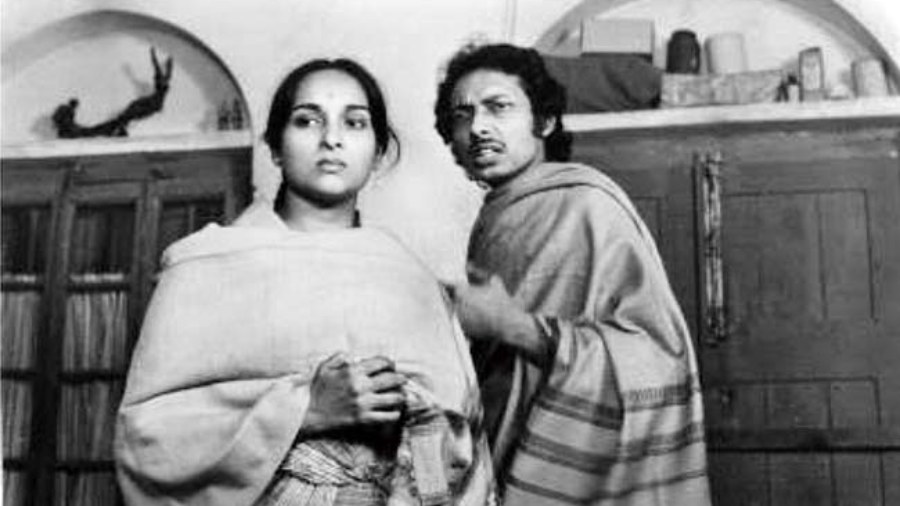Can the subaltern speak? In Mrinal Sen’s Kharij (The Case is Closed, 1982), it is late December, 1981, and a cold wave has gripped Kolkata. The middle-class tenants wake up to find their kitchen door locked. Their servant boy Palan might be inside. Repeated knocks on the door do not help. They give rise to frantic cries. The landlord is awakened. Even neighbours peek in. At last, with the help of the landlord’s son, the door is broken. Inside lies the boy, motionless.
Palan never speaks. Not when he is appointed for the first time at the doorstep of the Sens (Anjan Dutt and Mamata Shankar face-off in guilty silences) when his poor father drops him at their place and assures them that he can do all work. Not until the next year, as Sen necessitates the action in Kharij, adapting from the Ramapada Chowdhury novel of the same name. Palan’s existence, it seems, only grows in importance while in retrospect, he could have been treated better, he could have slept inside the empty drawing room instead of the kitchen.
Sen builds the main action within seconds. The intensity amplifies within the first 10 minutes of Kharij, with the film-maker constructing characters, setting and tone all at once, and then releasing it together. It’s a breathless, livewire act of suspense and drama. Once the body surfaces for the family to see, and ultimately, attract neighbourhood eyeballs, questions arise. The police is called. Enquiries occur. The “family” here is the key to unlock the ideological differences between conciousness and guilt, carelessness and sympathy.
Kharij, streaming on Amazon Prime Video, presents its characters responding to the crisis within a strict sense of pause and silence. They speak when they have to, and when they do, with a carefully controlled indirectness. Along with cinematographer K.K. Mahajan, Sen constructs the house, its narrow interiors, with an angular, almost elliptical space for expression. Someone can overhear, or someone is always waiting outside the door. So much is hidden beneath customary responses that a mere act of unfolding a quilt breaks open a floodgate of tears.

Mrinal Sen, whose lifelong work as a film-maker captured the turbulence and crises that pervaded Bengal post-Independence, crafts Kharij as a form of self-imposed reflection of the private genteel as exposed to public scrutiny.
There is no consolidation on the disproportionate amount of labour that Palan has to toe, in order to live. He dies in servitude. As a subject, he is still present in the form of the landlord’s servant, who just like Palan, carries out most of the household work for his master. Nothing really changes for him, as is evident by the film’s end. His subjectivity is simply altered, as well as unrecognised in the hegemonic access to power.
Sen, whose lifelong work as a film-maker captured the turbulence and crises that pervaded Bengal post-Independence, crafts Kharij as a form of self-imposed reflection of the private genteel as exposed to public scrutiny. The characters remain trapped in their closed worlds of conflicts and repressions, desperately attempting an illusion of autonomy.
Kharij won the Jury Prize at the 1983 Cannes Film Festival, where it had screened in the Main Competition section alongside Robert Bresson’s L’Argent and Andrei Tarkovsky’s Nostalghia. The relative absence of Indian feature films from the Main Competition at Cannes makes for another conversation altogether. Emerging as a prominent figure in India’s parallel cinema movement, the magnitude of Sen’s work in Kharij lies in its expansion of the silent complicity of a disaffected section of society. If Palan had a better quilt, would he be alive? If the kitchen had ventilation, could Palan be saved? One can only ask. Within the home there is hardened stoicism, its cinematic syntax caught within the self-referential environment by Sen.
